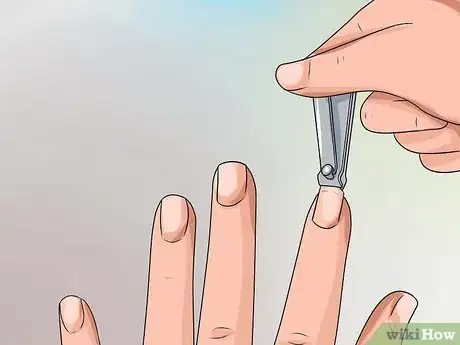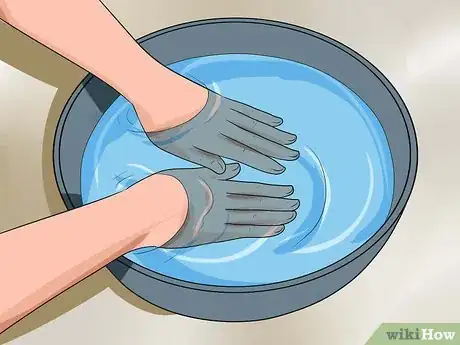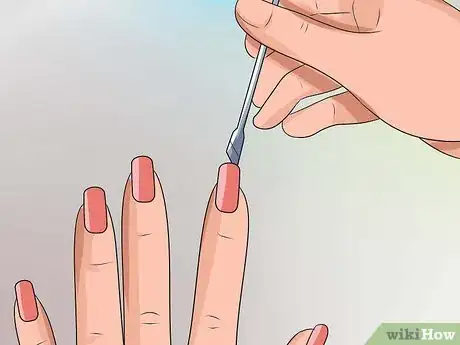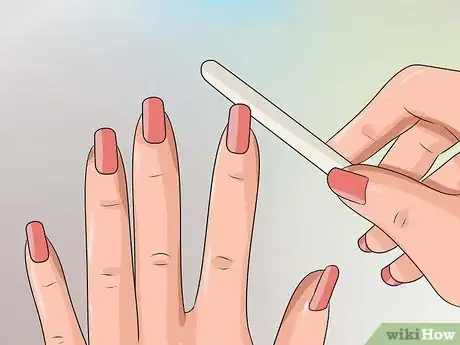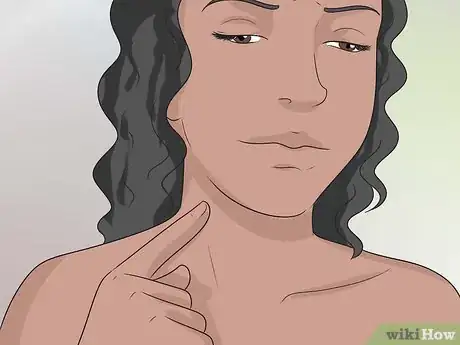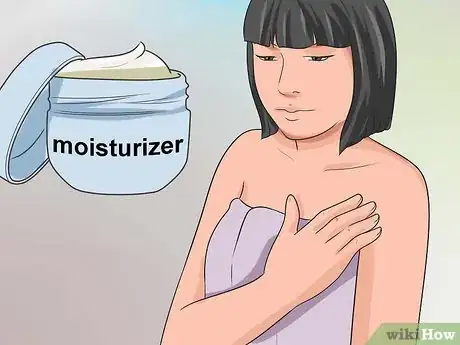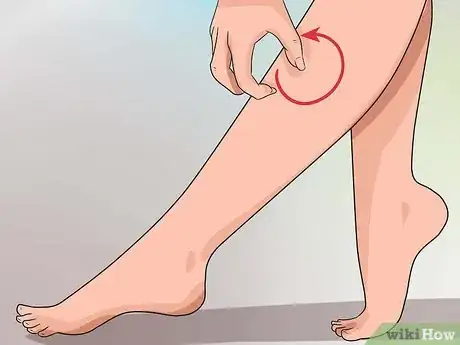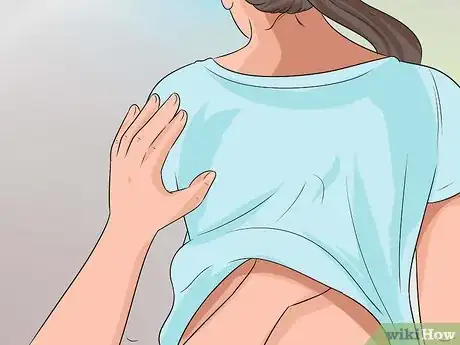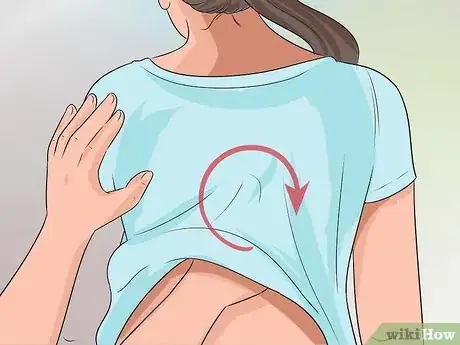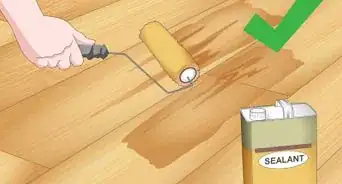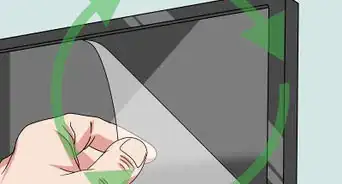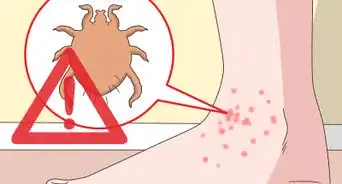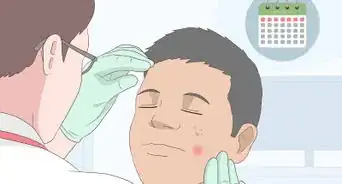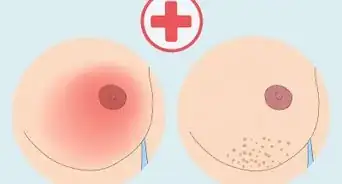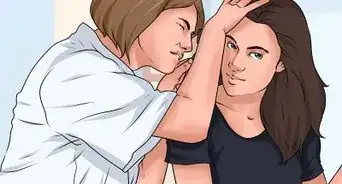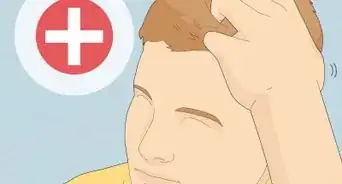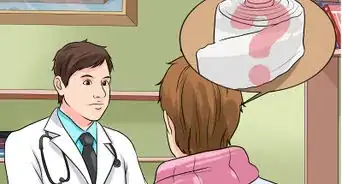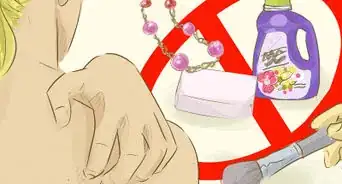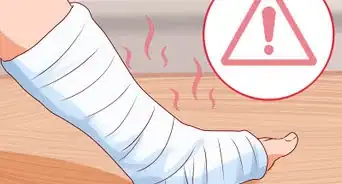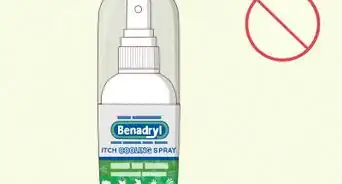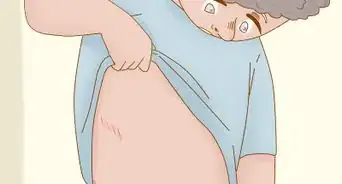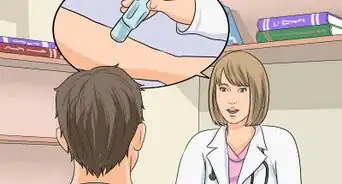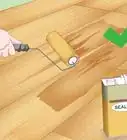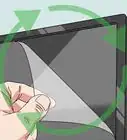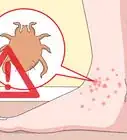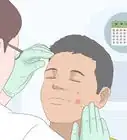wikiHow is a “wiki,” similar to Wikipedia, which means that many of our articles are co-written by multiple authors. To create this article, 18 people, some anonymous, worked to edit and improve it over time.
This article has been viewed 18,956 times.
Learn more...
In the vast majority of cases, scratching is used to sate itching around the body. While this often leads to a pleasant sensation of relief, overdoing it can lead to rashes and even scarring. Knowing when and how to scratch can help forego a lot of undue irritation. While scratching may come naturally to most anything with nails, claws or talons, there are definitely some things you should keep in mind next time you're tending to an itch.
Steps
Caring for Your Nails
-
1Keep your fingernails clean. Before you even think about scratching anywhere, you should make sure your nails themselves are clean. Scratching with dirty fingernails will only serve to spread bad dirt and bacteria around.
-
2Soak your hands in water. Soaking your hands regularly in hot water for a couple of minutes at a time will help open up the pores, releasing any excess dirt from your skin. The fewer bacteria you're tracking around, the better.Advertisement
-
3Clean any dirt from underneath your fingernails. Particularly when you're scratching, it's very important to take a close lens to the dirt trapped underneath your fingernails. Most often, this muck is difficult to see, so it's important that you give it a good look and proper scrubbing over. [1]
- This is especially true if you like to keep your nails fashionably long. Make a point every day of cleaning the buildup muck from underneath your fingernails. It will alleviate a lot of future hassle. [2]
-
4File your nails. Even if you like to keep your nails long, it is best to keep them filed. Uneven nails can feel rough against your skin, and might even risk snapping, given pressure. Make a habit of filling them once every few days; not only will they feel smoother, they'll look quite a bit nicer as well.
- Trimming your nails is also recommended. While some people prefer longer nails as part of their style, it can add undue complications when it comes to scratching. Longer nails carry more bacteria, and may even run the risk of breaking apart if too much pressure is applied.
- Don't bite your nails. While it may seem like a nice alternative compared to trimming them with clippers, your nails will look nicer if you go the extra mile. [3]
Scratching Yourself
-
1Identify the itching spot. In the broad majority of cases, it will be very easy to figure out where you need to scratch. Other times, it may actually take some time before you're able to pinpoint. If you're having trouble figuring out where the itch is on your body, take a few seconds to relax and get in touch with your body. Scratching lightly in big circles should help you find the spot quickly enough.
-
2Try a moisturizer or an alternative to scratching. While some occasional light scratching isn't usually a problem, it's still preferable to try other things first. An itch is most often the symptom of an underlying problem, most often dry skin. Moisturizing your skin with an emollient may remove the need for scratching, to begin with. Give the itchy area some moisture, and see if the itching stops. It may well be that your skin was simply trying to tell you something all along! [4]
- Use a wet compress if you have an irritated area. Put a clean hand towel in a bowl of warm water and several drops of essential oils. Wring it out and apply to the afflicted area. You should feel a sensation of pleasant relief within several seconds.
- Another mild itching may go away within seconds if left unattended.
- As a general rule, drinking a lot of water throughout the day will help to keep the rest of your body hydrated.
-
3Scratch in slow, circular motions. When it comes time to actually scratch, it's important to keep your scratching limited to small, slow and steady circular movements. Keep your touch light and gentle. Scratch on and around the itchy area. Within a few seconds, the itch should go away.
- As with most things, it's best to keep your scratching within moderation. Anything more than a light scratch could actually exacerbate the scratch you're trying to solve!
- Limit yourself to scratching sessions of 30 seconds maximum.
Scratching Someone Else
-
1Maintain open communication. If you're going to try to scratch someone else's itch for them, the most important way to ensure success is to keep talking to them. Understand exactly where they want to be scratched, and how. Everyone's skin tolerance is a bit different, so it's best to start gentle and adjust depending on the way they respond.
-
2Find the itchy spot. As with itching yourself, this is usually a straightforward step. However, when you're scratching someone else, it again requires some communication to find where you should be itching. This will arguably require more effort on the part of your partner, who will need to cautiously direct your movements.
- If you're having any difficulty with finding the spot, you can play the 'hot/cold' game; the person will say 'hotter' if you're getting closer to the afflicted area. Likewise, the person will say 'colder' if you're getting further away from it.
-
3Scratch in a very gentle, circular motion. Unless you already know your partner's scratching preferences, it's best to stay as gentle as you can at first. Much as if you were scratching yourself, you should stick to a slow and concentrated scratch. While you're scratching the person, you should remain just as an alert regarding their signs. Are they enjoying it? Are they in pain? It is always better to be too gentle than too rough, so be safe at first and increase the intensity at the partner's discretion.
- At the same time, don't be afraid to get more intense! Your partner's skin could very well be tougher than yours, so you shouldn't be shy about digging in slightly more than you normally would.
Warnings
- Don't scratch any blisters or areas of skin with a condition like eczema. Doing so risks potentially bad scarring. Topical creams are a far better choice.⧼thumbs_response⧽
- There is a lot of evidence that suggests scratching an itch excessively will only bring the itch back. If you need to scratch, keep your scratching in moderation.⧼thumbs_response⧽
References
About This Article
If you have an itch that you need to scratch, place your fingertips on the itchy area and gently press down, rubbing in steady circular movements. If you use your fingernails to scratch, be sure not to press too hard, because you don’t want to break the skin. Since itching is often due to dry skin, it may help to apply a moisturizer to the area if scratching doesn’t make the itch go away. To learn how to scratch someone else, read on!
